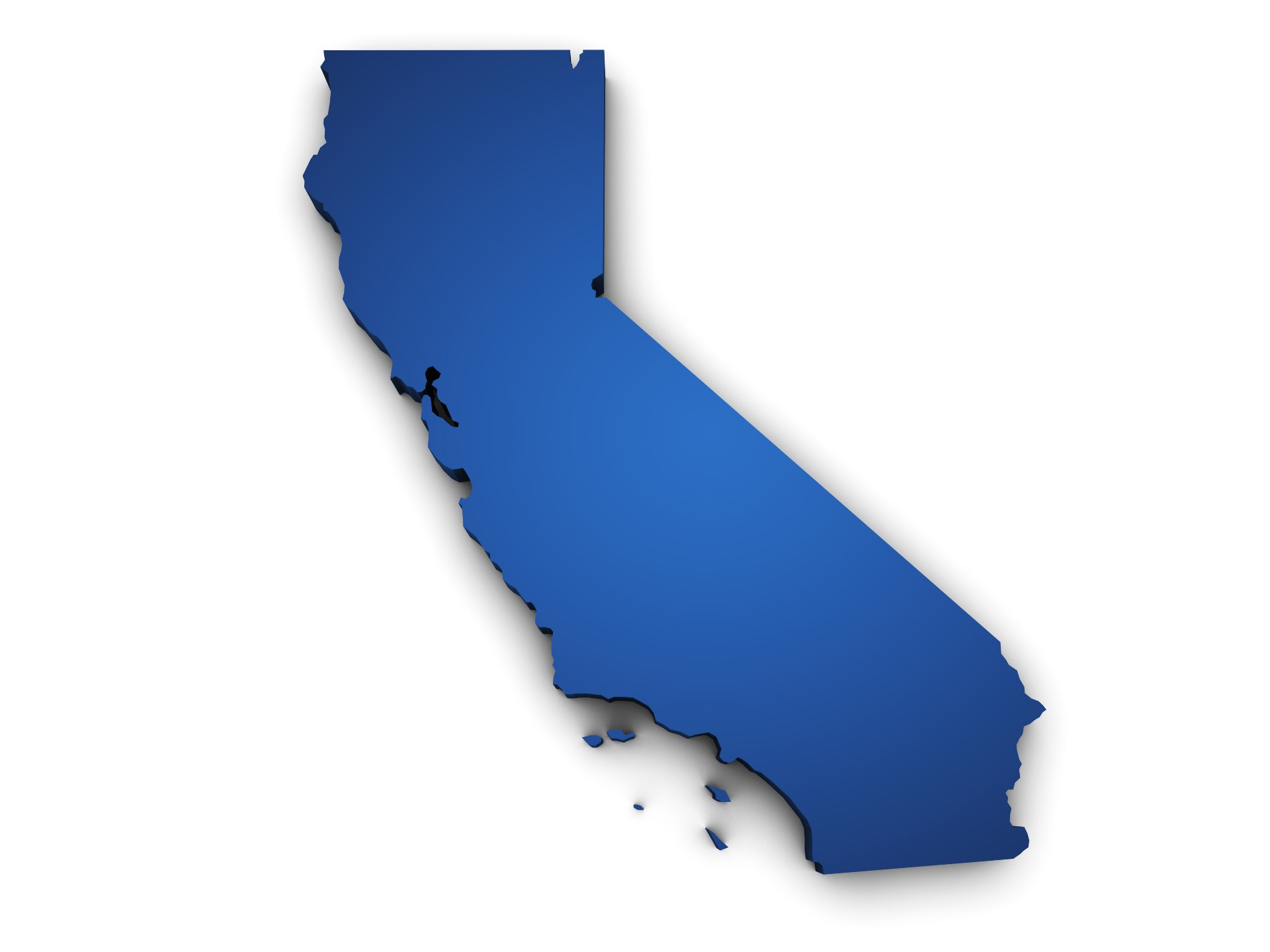As aquatic professionals, many of us bring personal commitments to inclusion and belonging into our work which has been shaped by our lived experiences, identities, and values. Yet, working in the public sector often means navigating layers of resistance: communities that may not embrace change, supervisors who see inclusion efforts as non-essential or too political, and limited resources that make it easy for new ideas to get brushed aside as unnecessary.
So, what can you do when the passion for building more inclusive spaces feels central to your personal and professional identity, but you feel constrained by that resistance?
There’s meaningful, everyday work you can do to advance inclusion even without a big budget, full leadership buy-in, or sweeping policy changes. It starts with integrating inclusive practices, behaviors, and policies into the areas that fall under your control. Keep in mind that inclusion doesn’t necessarily apply just to protected groups. It also can apply to varying learning styles and experiences that aren’t defined by race, ADA-covered abilities, sexual preference or gender.
Even if you’ve been mandated to avoid anything that rocks the boat, these human-first, soft-skills-related actions can help promote a more inclusive environment in spirit, if not in documented policy.
Use Inclusive, Evolving Language
Language is one of the most powerful and overlooked tools at our disposal to use for promoting inclusion. It costs nothing to choose words that signal openness, respect, and belonging and often flies under the radar of those wary of broader diversity, equity, and inclusive initiatives.
Here are some strategies to consider:
- Pool Rules and Signage: Swap “he/she” with “they.” Use “swimmers and guests” instead of “ladies and gentlemen.” In locker room signage, say “All are welcome to use the space they feel safest in” rather than relying on gendered instructions. Make sure staff is aware of the reason behind this language as well.
- Website and Social Media: Promote events with phrases such as “open to all ages and abilities,” or “welcoming to diverse families and identities.” Whenever possible, use images that show a diversity in race, age, body type, and abilities.
- Staff Training Curriculum: When writing manuals or training presentations, use examples that reflect a wide range of lived experiences. Normalize saying things such as, “We respect each team member’s identities and experiences” during onboarding.
The language you choose every day quietly but powerfully sets the tone for your facility and signals to your staff and guests that you’re committed to building a welcoming environment. If you feel well-versed in inclusive language, consider educating others on more positive, inclusive word choices.
Build Inclusive Staff Training
Even if you can’t immediately overhaul your facility’s hiring practices or programming, you can create staff training environments that are accessible, flexible, and open-minded.
Some ideas include:
- Design for Different Learners: Offer written, verbal, and visual ways to absorb information. Break up lectures with activities and quiet reflection periods.
- Normalize Neurodiversity: Encourage staff to communicate needs during training like requesting written instructions, extra processing time, or alternative testing formats.
- Teach Soft Skills: Incorporate skills such as curiosity, active listening, and critical thinking into your training. For example, run a short activity asking, “How might someone’s experience at the pool be different based on their background?” to spark empathy and insight.
- Incorporate Demographics in Onboarding: Include a section in your onboarding training such as a slideshow or interactive activity that introduces new staff to the demographics of your facility’s visitors. Highlight commonly spoken languages and offer training opportunities like role-playing or scenario-based practice to help staff better understand and serve your community.
Creating a training culture that embraces all kinds of brains and experiences strengthens your team and prepares them to serve the public more equitably.
Handle Human Resource Issues with Empathy and an Open Mind
Another important and often quiet space for advancing inclusion is how you handle staff concerns, conflicts, and personnel decisions.
When Human Resources (HR) issues arise:
- Lead with Empathy: Assume positive intent, listen fully, and seek to understand situations through an inclusive lens. Be aware of cultural differences, communication styles, and access barriers when interacting with different team members.
- Learn Continuously: Stay updated on emerging HR practices around inclusivity like gender-affirming policies, accommodations for neurodivergent employees, and flexible scheduling models. Consider subscribing to podcasts, newsletters, and training that highlight management from an equitable perspective.
Even small workplace management decisions when made with empathy and equity in mind can create positive momentum and change workplace culture over time. Positive employee experience changes can lead to solving other critical issues in our aquatics space like staff retention and leadership development.
Look for Small Wins and Subtle Shifts
Even if you can’t overhaul your facility’s entire operations overnight (which no one can!), small wins add up over time. Look for low-barrier opportunities to quietly build inclusion into your day-to-day operations.
Some ideas include:
- Reconsider Uniform Policies: Adopt a flexible uniform policy that promotes both safety and inclusion. Allow staff to choose from a range of safe, functional uniform options rather than enforcing a rigid standard that may limit gender expression, body comfort, or cultural needs.
- Form Partnerships for Inclusive Programming: Reduce your costs by working with local organizations that can serve as subject-matter experts. For instance, pilot adaptive swim lessons by collaborating with local service providers who already help individuals with disabilities. Consider hosting a sensory-friendly swim event, partnering with volunteers from autism support groups who can help guide staff training, set
- Subtly Shift Interviewing Practices: Certain interviewing methods can favor candidates with certain experiences over others. To avoid such bias, try conducting one-on-one interviews instead of high-stress group interviews. This creates a more welcoming environment, especially for those who experience anxiety. Also favor situational questions rather than behavioral questions. Behavioral questions ask the candidate to talk about a time in the past when they faced a certain scenario and how they responded. These questions assume the candidate has had that kind of experience. Situational questions, on the other hand, are more situational – they ask the candidate what they would do if faced with that scenario. This helps assess potential – not just experience – and opens pathways for candidates who may be newer to employment or come from less resourced backgrounds.
These small, intentional shifts allow you to create more equitable, supportive aquatic spaces without needing large budgets, political capital, or policy overhauls. Over time, they build a stronger foundation for bigger changes.



